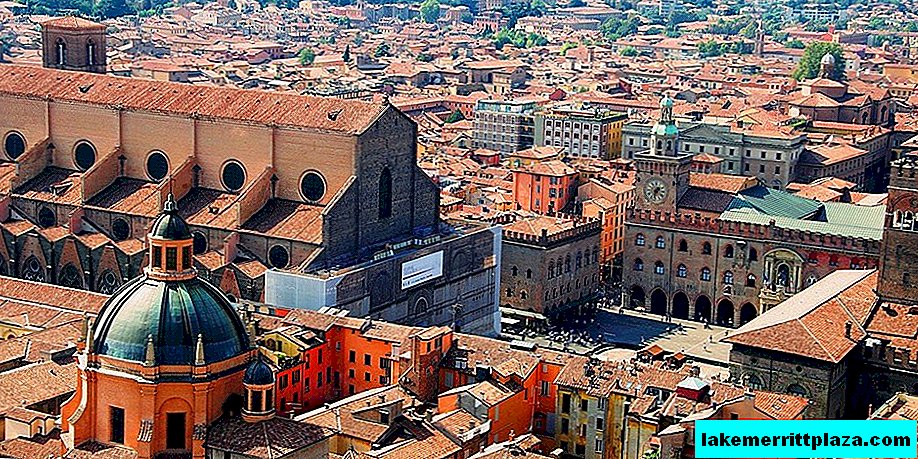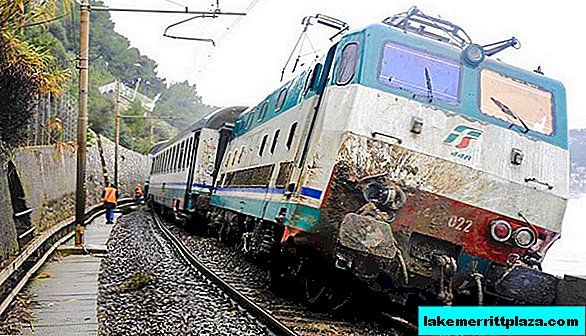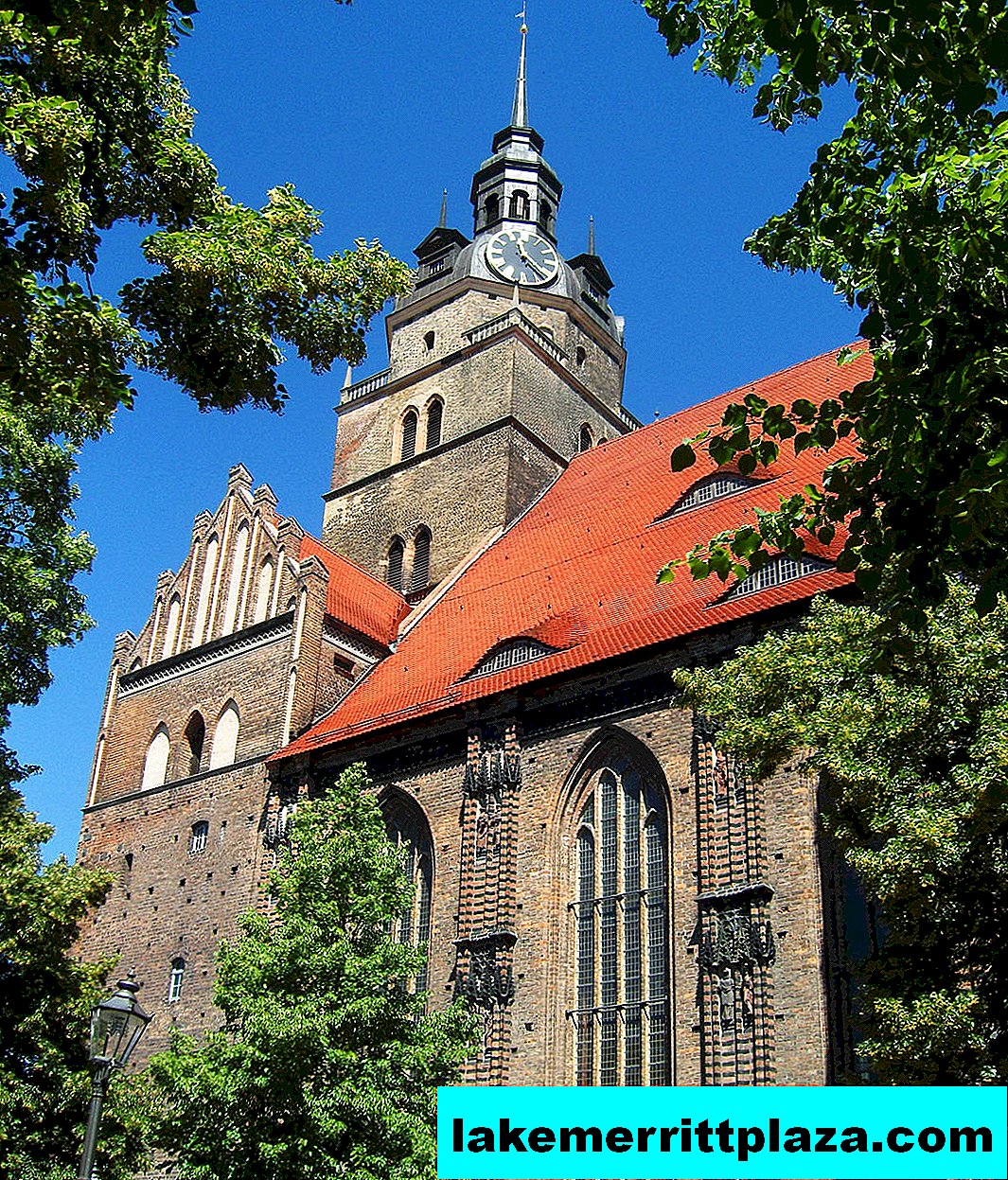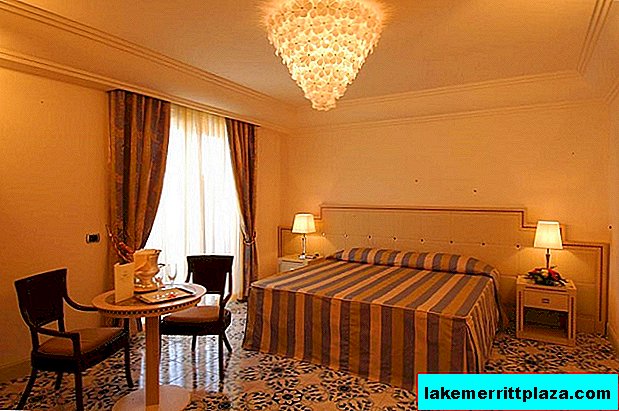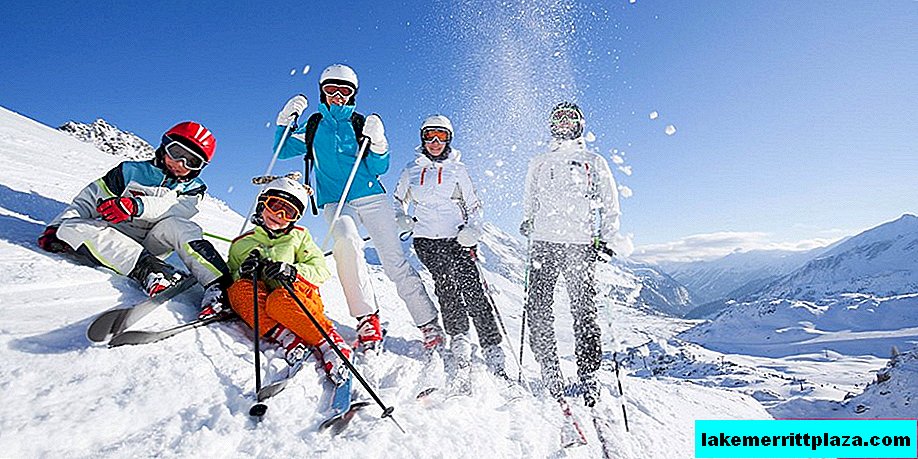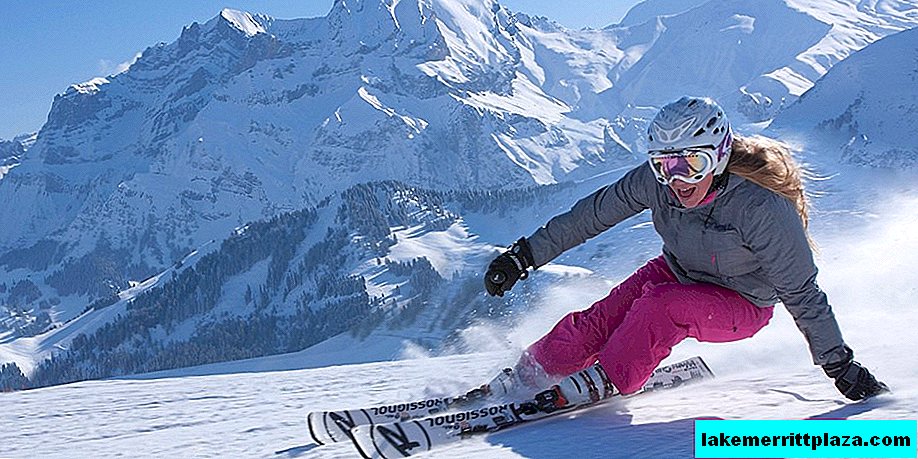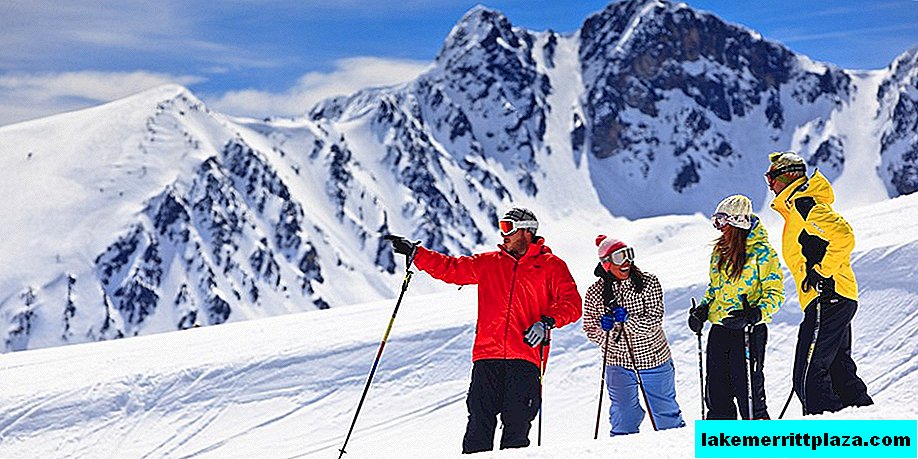The Italian town of Bagheria (Bagheria), where representatives of the nobility from Palermo often used to gather, keeps an amazing secret. In the center of Bagheria, surrounded by a stream of cars and facades of modern buildings, lies the villa Palagonia, which Goethe once called the "madhouse". The villa can rightfully be considered one of the most beautiful and unusual not only in Sicily, but throughout Italy.
History of occurrence
This mysterious building was erected in 1715 by order of the fifth prince of Palagonia, Don Ferdinando Gravina The magnificent summer residence, built in the Baroque style, gained immense fame precisely thanks to the grandson of Don Ferdinando, Francesco Ferdinando, who was distinguished by a special disposition (some even considered him mentally ill).

Local historians claim that the heir to the Gravina family had a very difficult fate. His mother, being pregnant with him, shone in high society, continuing to amaze everyone with her narrow outfits. She tightened her corsets at the waist, trying to hide her rounded belly, which could not but affect the child. The baby born was very poorly growing and developing. It was rumored that he had two humps (on his back and on his chest), which often made him an object of ridicule from other young representatives of the nobility. From year to year, Francesco restrained his emotions within himself, accumulating resentment and hatred.
Years later, and becoming an adult, the young man finally received an amazing inheritance and began to take revenge on everyone and everyone. He married a young beauty, taking advantage of the fact that her noble family hung over the abyss of ruin, but did not take into account the fact that, having entered the Gravina family, his wife became even more attractive in the eyes of men than before marriage. Then Francesco decided to hide his wife from prying eyes.
In 1749, Villa Palagonia opened its doors to the first guests, graciously invited by Gravina.

All the arrivals at the gates were greeted by two stone sculptures with ugly faces: one of them had five eyes, two of which were closed and the other three were open, which would tell visitors: "even when the owner of the residence is sleeping, he sees better than any of his guests. "
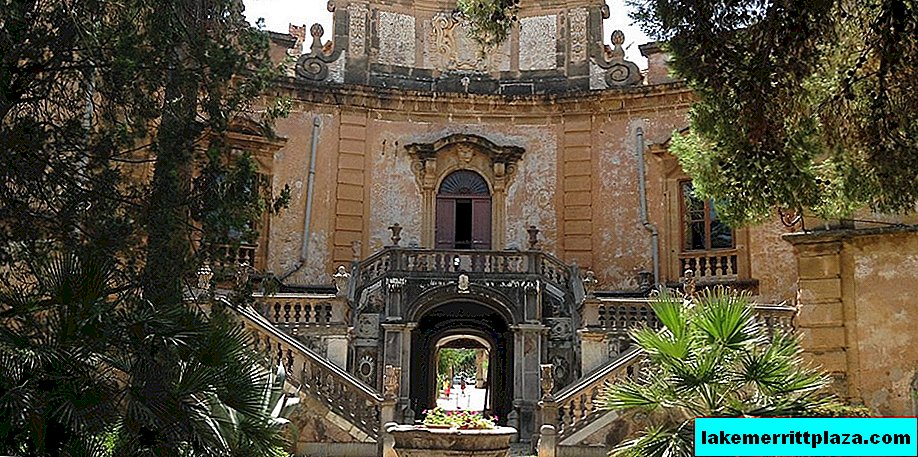
Passing two far from welcoming sculptures at the entrance, the villa opened its gaze in all its glory, and all the dwarf-invited people plunged into the gloomy atmosphere prevailing here. Surely they even felt as if someone was watching them. Two small courtyards lead to the main staircase of the villa. The staircase itself is made of limestone, on it stands the majestic coat of arms of the Gravina family.
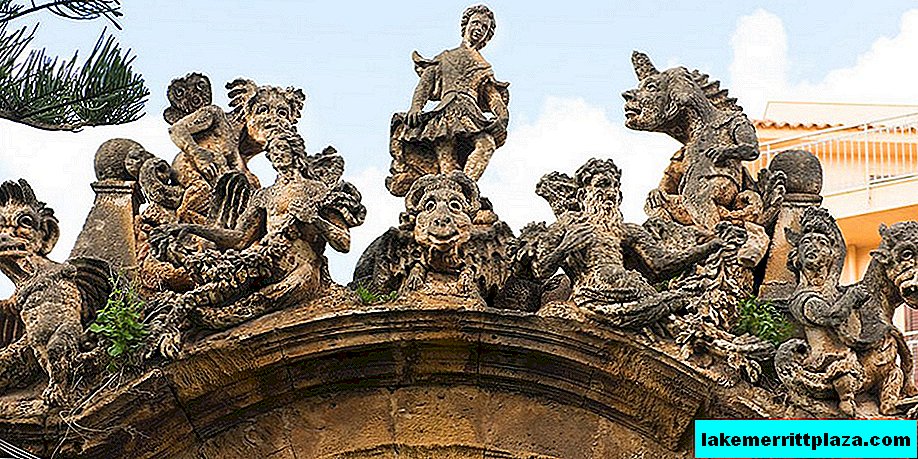
The courtyard adjacent to Palagonia is occupied by farm buildings for servants, also decorated with statues depicting exotic fictional animals, caricature figures, and other strange creatures. It was they who provided the villa with the name "Monster Villa".
Interior decoration
The villa building was erected in a single block, which does not include any courtyards and consists of two huge square elements fastened at an angle in the center. The lobby of the unusual summer residence has an oval shape and simply amazes with all the magnificence and variety of frescoes reflecting the adventures of Hercules.

On the right side of the entrance is a gallery, also known as the Hall of Mirrors. This name was given to this room thanks to its mirrored ceiling. Its walls are decorated with marble of the highest quality, stained glass and bas-reliefs, which depict representatives of the Gravina family.
From the Hall of Mirrors you can get into the chapel and billiard room, as well as in private chambers, which are closed to visitors. By the way, guests of Francesco Ferdinando have repeatedly complained about the uncomfortable and even creepy furniture that furnished the building. Someone said that the fabrics on the upholstery were prickly to the point of horror, the legs of the chairs were of different lengths, and some dishes were made of broken glass and porcelain.
Many pieces of furniture emitted a terrible rattle, and dangerous spikes protruded from them, which inflicted incredible suffering on Francesco's guests, piercing their soft parts. Meanwhile, the owner of a luxurious but awesome mansion, with indescribable pleasure, watched the pain and horror that reflected on the faces of people who had once taunted him.
Practical information: address, tickets, prices
Today, only 62 sculptures remained from the gorgeous collection of stone monsters (and it amounted to 600 sculptures), and the Villa Palagonia itself, unfortunately, has become desolate, however to this day, every visitor to the Gravina residence will not doubt the former power and ruthlessness of its owners.

Address: Piazza Garibaldi, 3, Bagheria Palermo
Opening hours:
- From November to March: daily from 09:00 to 13:00, from 15:30 to 17:30;
- From April to October: daily from 09:00 to 13:00, from 16:00 to 19:00.
Admission: 5 euros.
How to get there
- By plane: You need to arrive at Palermo airport and then transfer to a train or bus;
- By car: Take the Messina-Palermo (A20) motorway, take the Palermo-Catania (A18) motorway and follow the sign for the city;
- By train: You need to catch the train in the direction of Palermo-Bagheria. The official website of Italian railways, where all timetables are available: www.trenitalia.it.

